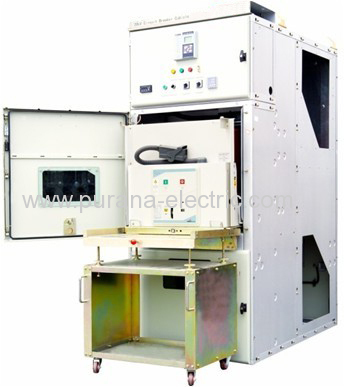Product (203)
- Spring Operating Mechanism (2)
- Switchgear Accessories (6)
- Cable Accessories (Cable Connector & Cable Terminal) (10)
- Indoor Vacuum Circuit Breaker (7)
- Outdoor Vacuum Circuit Breaker (4)
- Embedded Poles (34)
- Spout (Contact Boxes) (15)
- Load Break Switch and Accessories (12)
- Contact and Contact Arm (64)
- Vacuum Circuit Breaker Trolley (5)
- Switchgear Lighting Lamp (2)
- Auxiliary switch (6)
- Low Voltage Switchgear Panel Accessories (1)
- Epoxy Resin Insulating Accessories (28)
- Multifunction Protective Relays (1)
-
Secondary Socket and Plug
(4)

- VD4 Motors (2)
News (31)
Electric Knowledge (5)
Credit Report
Products Index
News
What is Switchgear

The term switchgear, used in association with the electric power system, or grid, refers to the combination of electrical disconnects, fuses and/or circuit breakers used to isolate electrical equipment. Switchgear is used both to de-energize equipment to allow work to be done and to clear faults downstream. This type of equipment is important because it is directly linked to the reliability of the electricity supply.
The very earliest central power stations used simple open knife switches, mounted on insulating panels of marble or asbestos. Power levels and voltages rapidly escalated, making open manually-operated switches too dangerous to use for anything other than isolation of a de-energized circuit. Oil-filled equipment allowed arc energy to be contained and safely controlled. By the early 20th century, a switchgear line-up would be a metal-enclosed structure with electrically-operated switching elements, using oil circuit breakers. Today, oil-filled equipment has largely been replaced by air-blast, vacuum, or SF6 equipment, allowing large currents and power levels to be safely controlled by automatic equipment incorporating digital controls, protection, metering and communications.
High voltage switchgear was invented at the end of the 19th century for operating motors and others electric machines. The technology has been improved over time and can be used with voltages up to 1,100 kV.
Pre Page:
Development of circuit breakers'...
Next Page:
ABB launches eVD4, the pioneering smart...




